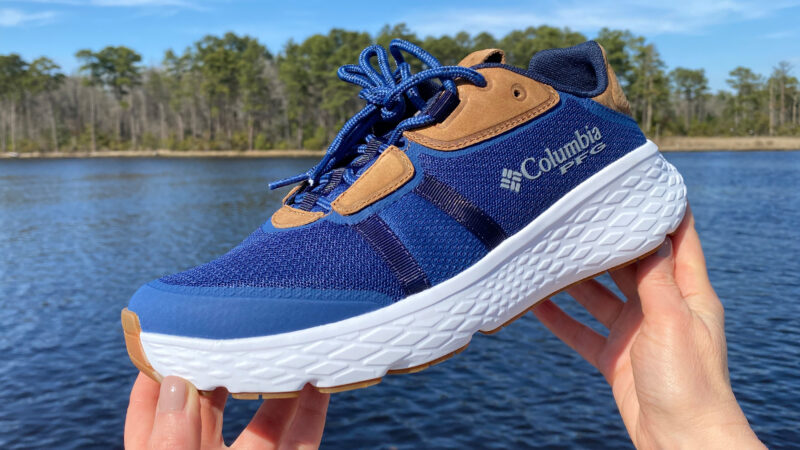Merino Wool vs. Alpaca: Battle of the Base Layers
We may earn revenue from the products available on this page and participate in affiliate programs. Learn More ›
Merino wool has dominated the outdoor base layer market, setting the bar for warmth, breathability, and temperature regulation. Although merino has long been considered the best base layer material for hunting, hiking, and outdoor adventuring, there’s another natural fiber poised to dethrone the outdoor golden child — alpaca, a rising star with roots in the Andes, where its fleece has long been prized for its warmth and durability.
We don’t care which animal would win in a cage fight. However, we did want to know which would win a merino wool vs alpaca fleece face-off that compared their breathability, durability, sustainability, moisture-wicking, temperature-regulating properties, and more.
Whether you’re gearing up for backcountry backpacking or an extended sit in a back-forty treestand, this comparison will help you decide which fiber deserves to wear the championship belt.
Alpaca vs. Merino Wool at a Glance
| Properties | Merino Wool | Alpaca Wool |
| Fiber Diameter | 11.5 – 22 microns | 15 – 36 microns |
| Warmth | Traps heat via microscopic air pockets | Traps heat due to a hollow core |
| Water Absorption | Up to 30 percent of its dry weight | Approximately 10-11 percent of its dry weight |
| Hypoallergenic | No (although allergies are rare) | Yes |
| Odor Resistant | Yes | Yes |
| Breathable | Yes | Yes |
| Durability | Prone to pilling and shrinking | More durable and elastic |
| Price and Availability | More options for specialty gear to meet every budget | Fewer, more expensive options |
What Is Merino Wool?
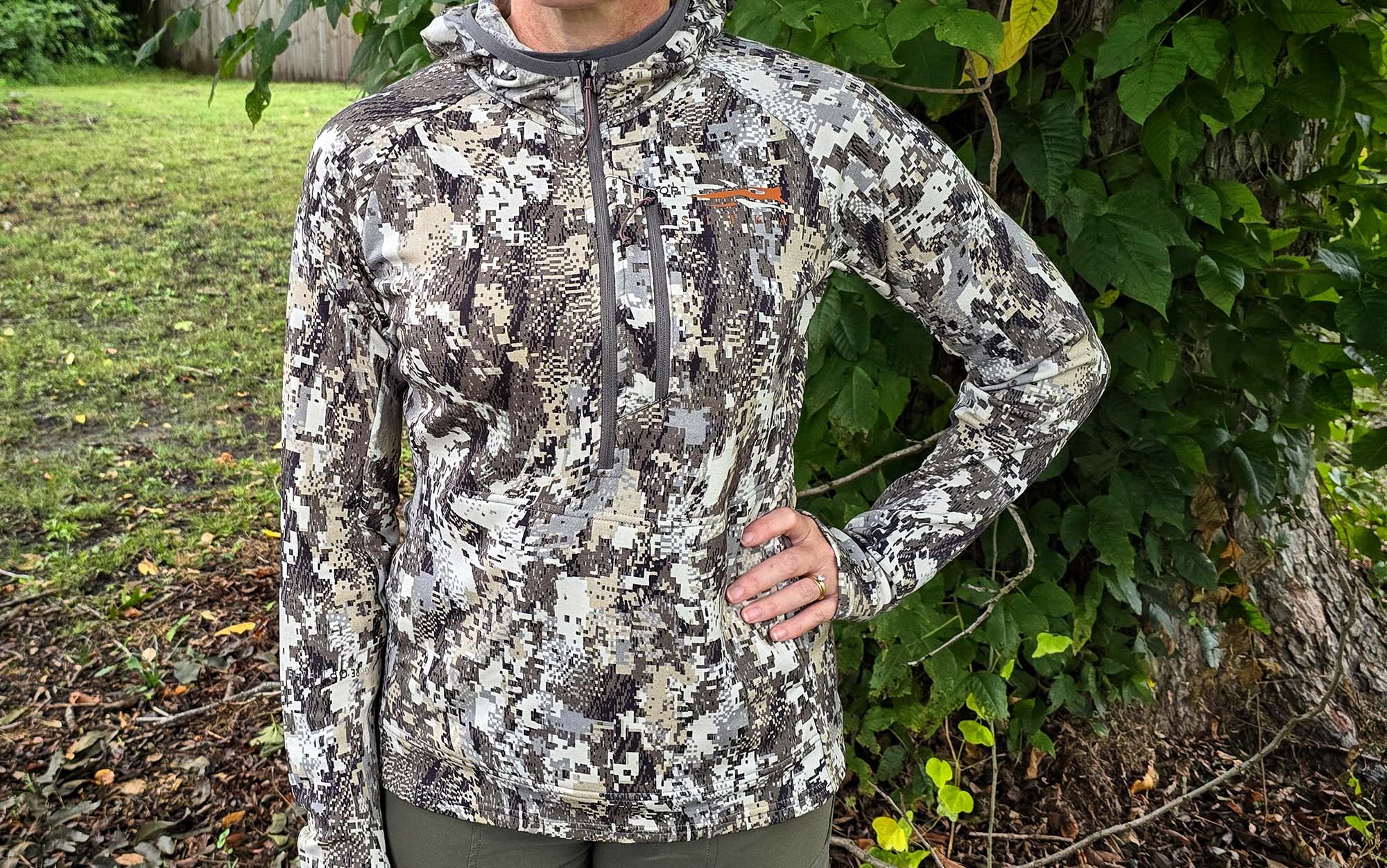
Photo by Alice Jones Webb
Merino wool has long been considered the gold standard of base layers. It comes from the fleece of merino sheep, a group of breeds originating in Spain in the Middle Ages. For centuries, Spain kept a strict monopoly on merino sheep. Anyone who dared export the breed risked punishment by death.
Modern merino wool primarily comes from sheep raised in Australia and New Zealand. The wool from this breed of sheep is softer and finer than wool from other breeds.
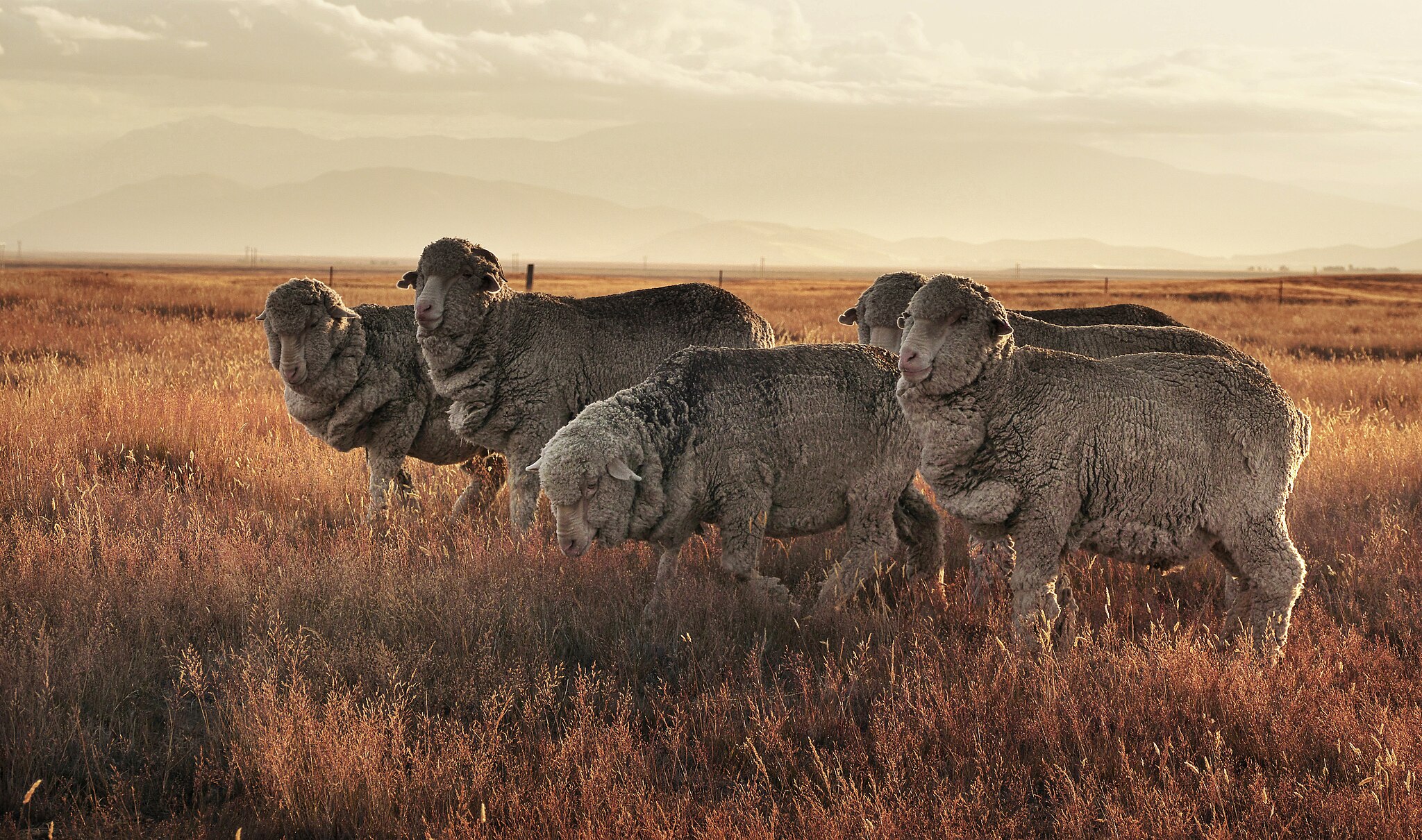
What Is Alpaca Wool?
Alpacas are South American animals related to camels. Domesticated by the Incas 6,000 years ago, these llama-like critters were traditionally kept in herds, grazing high in the Andes. Robes woven from alpaca fleece were once reserved for Incan royalty. Alpaca wool fabric was also used as currency by some Andean cultures. Today, most alpaca wool is imported from Peru, although alpaca farms are beginning to pop up all over the United States.

Softness
Material softness is a complex equation, with factors like fiber thickness, yarn diameter, and fabric weight all coming into play. That means fabric made from the wool of the exact same sheep can vary depending on how finely spun it is and how the yarn is woven. Softness is also partly subjective, so quantifying how soft merino wool is compared to alpaca is no easy task.
One primary factor in softness is fiber diameter. In the world of fabrics, finer fibers generally have a smoother surface and a less itchy feel against your skin. The diameter of wool fibers is measured in microns. One micron is equal to one-millionth of a meter. If we judge softness on microns alone, merino wins this round.
Each merino wool hair can be as thin as 11.5 microns, or one-third the diameter of the average human hair. Any merino wool under 17.7 microns is considered fine, which is where most commercial merino falls. Alpaca fibers tend to be thicker, ranging from 15 to 36 microns, depending on the grade.
However, one other factor comes into play — scale structure. The hair’s outer layer, or cuticle, is made up of flat, overlapping scales that stack up like the tiles on a terra cotta roof, with the exposed edges facing upward, away from the root. Scale structure is what gives wool that prickly, cactus-like sensation.
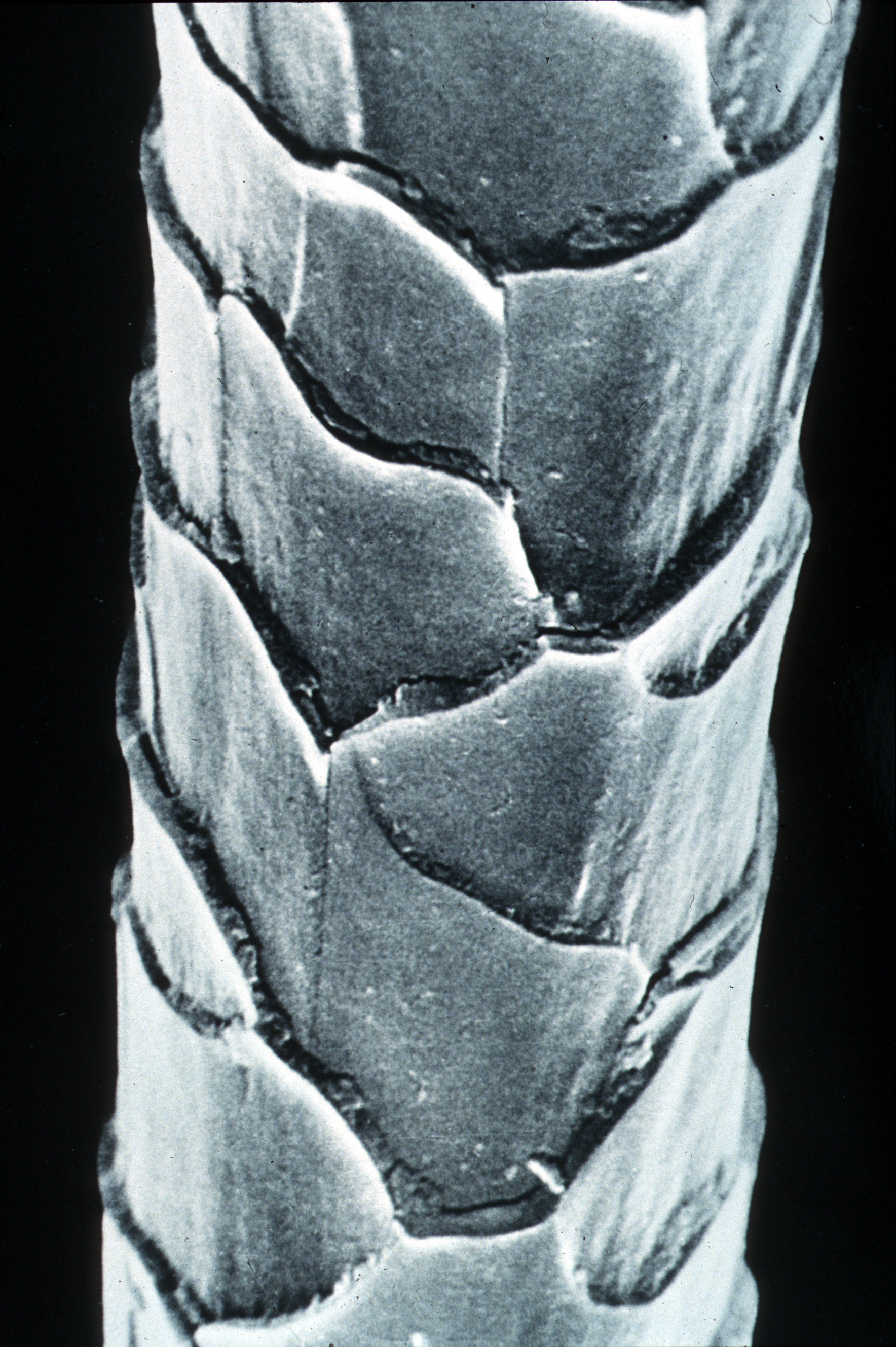
Alpaca hairs have flatter scales than those from merino sheep, making them feel less itchy, even compared to finer merino fiber diameters. One study found that alpaca wool can feel five to 10 times smoother than merino wool, giving it a softer feel.
It is worth noting that a small minority of people are allergic to the lanolin in sheep’s wool. Lanolin, or wool wax, is fat sheep secrete from their sebaceous glands. Only one to two percent of the general population is allergic to lanolin. Although a genuine allergy is uncommon, it can be slightly more prevalent for individuals with other skin conditions like eczema. Alpaca wool is considered hypoallergenic because it does not contain lanolin.
There is another challenge in judging the softness of technical outdoor wool clothing: Few garments are made from 100 percent wool, whether merino wool or alpaca wool. Most modern wool clothing blends natural wool and synthetic fibers, increasing durability and reducing itchiness.
With extensive personal experience with both alpaca and merino wool base layers in the field, I give the softness edge to alpaca. Merino wool blends tend to leave me feeling like I’m hugging a BBQ brush. Although far from silky Egyptian cotton, my alpaca layers are much more comfortable against my skin.
Winner: Alpaca
Warmth
Both merino and alpaca wool are excellent options for cold weather but for different reasons. Merino wool is semi-hollow, so it traps air within the fibers. Because it is harder for heat to transfer through air than through solid material, Merino wool helps retain body heat in cold conditions when used as an insulating layer.
But when we’re talking about extremely cold temperatures, alpaca totally outperforms merino. These animals were bred for high altitudes (think higher than 13,000 feet!) and frigid weather. Alpaca hair has a hollow core that traps air and creates a natural thermal barrier to keep body heat in and cold air out.
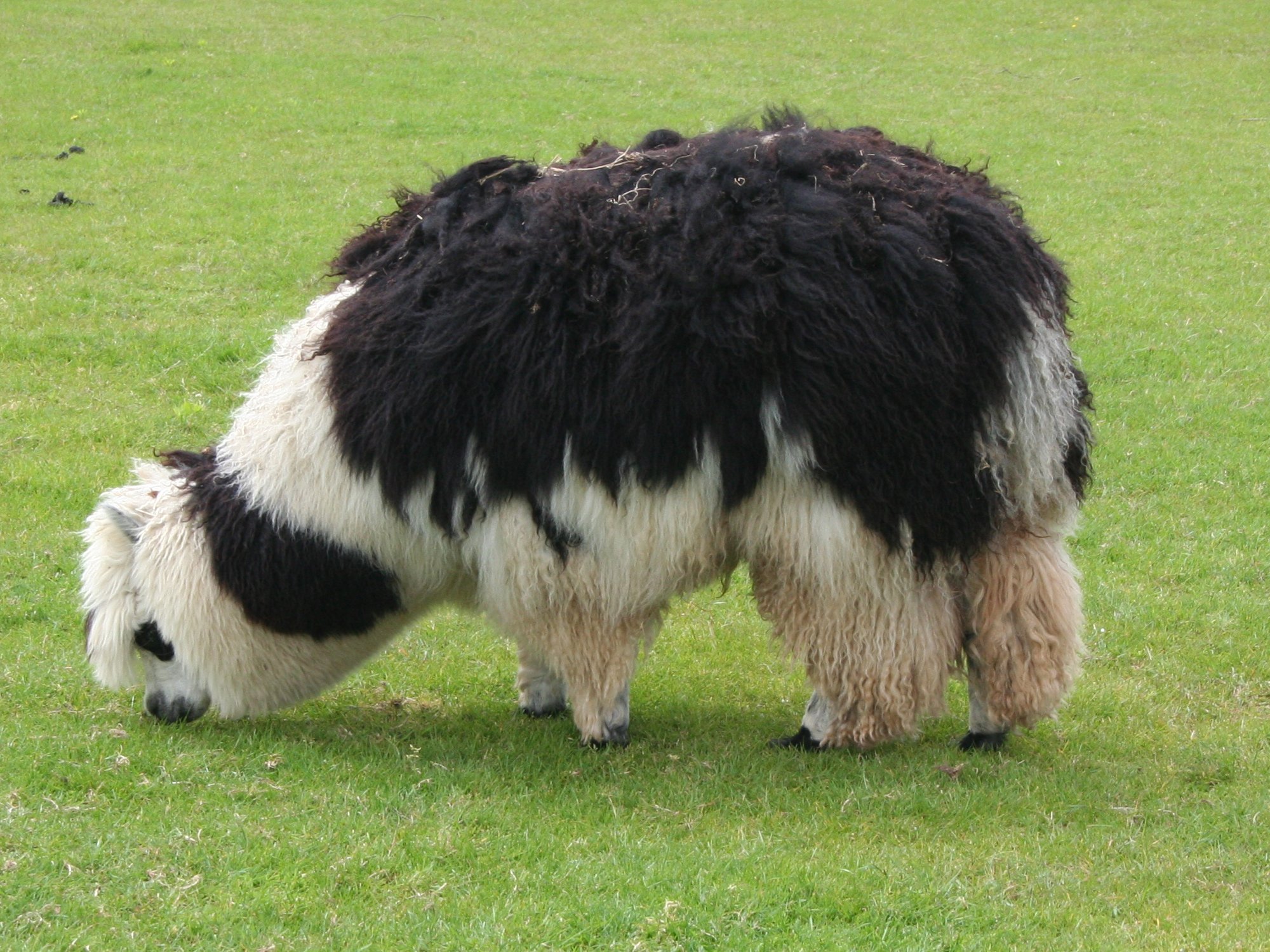
Alpaca’s hollow-core structure also means that it outperforms its weight as an insulator. If you’re venturing into frosty terrain and need to keep gear weight low, an alpaca base layer could save you a few back-breaking ounces without sacrificing insulating ability.
One scientific study showed that although merino wool has longer, thicker fibers than alpacas, it is less efficient at maintaining core body temperature.
Winner: Alpaca
Moisture Wicking
Moisture-wicking performance is particularly important for high-exertion outdoor pursuits. Sweat trapped next to the skin isn’t only uncomfortable; it can also be dangerous in cold weather. Water conducts heat much faster than air, which means a body covered in a sopping wet base layer will shed heat faster than a golden retriever sheds hair on a black pair of pants.
Both alpaca and merino wool wick moisture to move it away from your skin, where it can evaporate without sending you spiraling into hypothermic shock. However, merino wool is much better at managing moisture. Merino wool can absorb up to 30 percent of its dry weight in water. In comparison, alpaca is more hydrophobic, absorbing only 10 to 11 percent of its weight in water. While that is a good thing on a rainy day, it can be a bad thing on a super sweaty hike.
Winner: Merino
Drying Speed
Merino wool’s excellent moisture-wicking ability has one major drawback — it takes forever to dry, especially in humid conditions. In contrast, alpaca fiber has a natural water-repellent quality, making it faster-drying in sweaty and rainy conditions. While it may not wick sweat as efficiently as merino, its quick-drying properties are a major advantage when you need to stay warm and dry in unpredictable weather.
Winner: Alpaca
Breathability
Both merino wool and alpaca are incredibly breathable materials. Both have fine fibers and naturally occurring hollow air pockets that allow air to circulate so your clothes don’t feel extra stuffy, especially in warm weather or when things get physically active. The breathability of merino and alpaca wool makes them a smart option for trail runners, hikers, and run-and-gun hunters.
Winner: Tie
Odor Control
Both alpaca and merino wool fibers have natural anti-microbial properties that help them fight funky human smells. Because you can wear merino and alpaca garments for multiple days without washing, they are a fantastic option for backpacking and backcountry hunting trips.
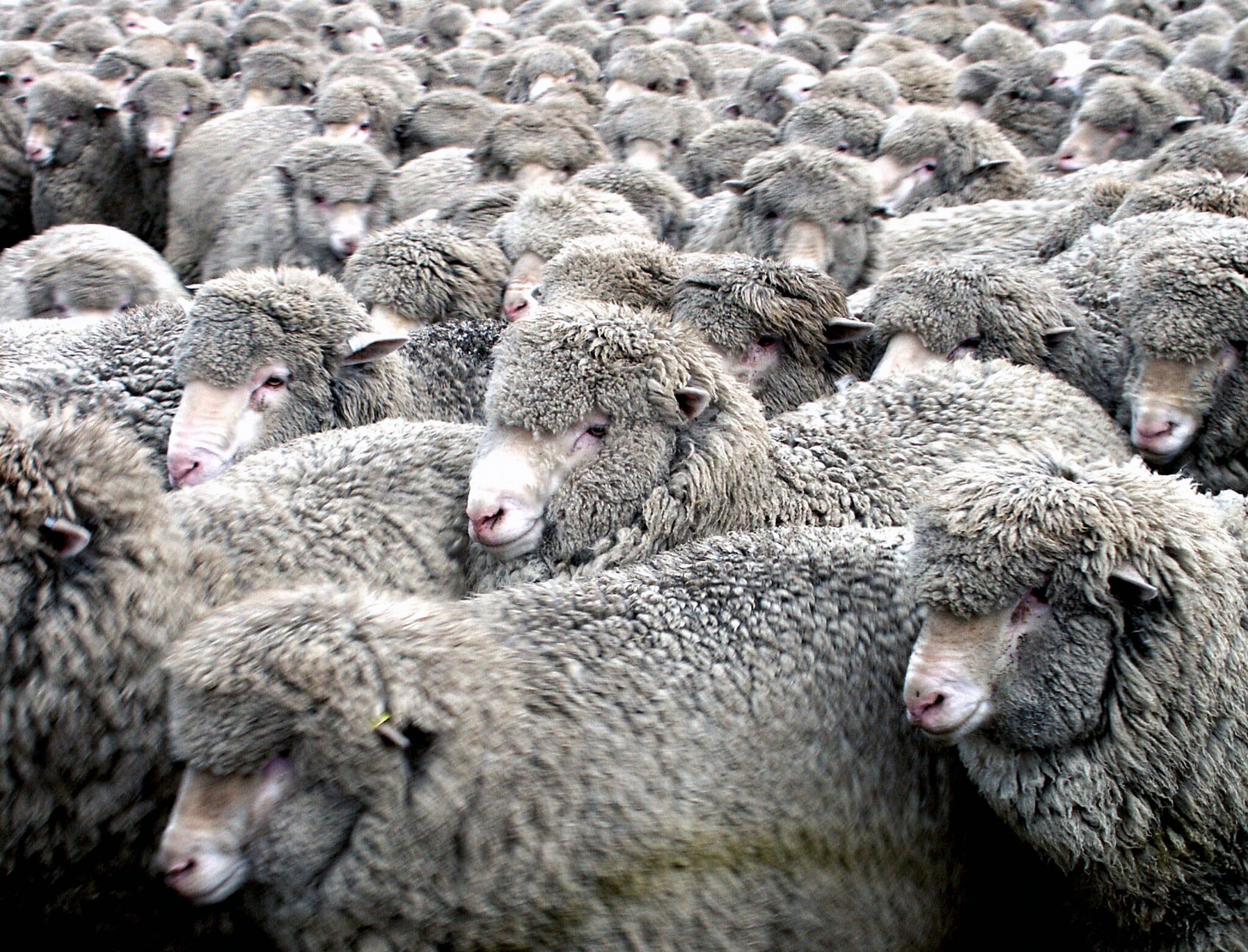
Merino wool resists nasty gym bag odors partly because of its lanolin content. Lanolin has both antibacterial and antifungal properties. Merino’s breathability and moisture-wicking abilities also contribute to its odor resistance.
Alpaca lacks lanolin, but the fiber structure helps prevent it from becoming a stinky bacteria breeding ground. Its low water retention means sweat doesn’t sit on the fabric long enough to fester funky odors. Alpaca fibers also have a natural waxy coating that helps keep bacteria away.
Winner: Tie
Durability
Alpaca wool tends to hold up better than merino. A 2021 study found that alpaca fibers are more elastic than merino fibers. This means that clothing made from alpaca will hold its shape better over time, reducing the risk of shrinking, felting, and pilling. In a 2005 study, researchers discovered that alpaca fibers took longer to break than merino wool fibers under laboratory stress tests. In contrast, merino wool is more delicate and prone to pilling, particularly in high-friction areas like the armpits, elbows, shoulders, and groin area.
Alpaca’s durability makes it an excellent option for outdoor adventurers who need gear that can withstand rough conditions and frequent use.
Winner: Alpaca
Sustainability
Both merino wool and alpaca are natural products made from renewable resources. Both animals are sheared annually so they can produce new fleece. Some people consider alpacas slightly more planet-friendly because they require less water than sheep. Alpacas are also selective grazers, nibbling only the tops of particular plants. In contrast, sheep are more indiscriminate grazers and prone to overgrazing.
Modern merino wool also goes through a process called superwashing to make it machine washable and prevent shrinking and felting. The superwash process uses a chlorine gas to strip away the scales and the lanolin. After the scales have been stripped away, the fibers are coated in a polymer resin. Wastewater from superwashed wool contains high concentrations of chlorinated chemicals. Because alpaca fibers do not contain lanolin or the same barb-like scales found in sheep’s wool, it does not need to be superwashed.
Many manufacturers blend their alpaca and merino wool with polyester for extra durability. Polyester is made from petroleum-based chemicals, so keep that in mind when you’re reading the labels.
Winner: Alpaca
Cost and Availability
Because merino wool is the current golden child of the outdoors world, it’s easy to find base and mid layers in almost every shape, size, color, and price point your heart desires. The widespread availability of merino means you shouldn’t have problems finding suitable gear for any budget or outdoor pursuit. However, high-quality gear is never cheap. Name-brand merino wool clothing often comes with a premium price tag. Check out our favorite merino wool base layers for hunting to narrow your search.
Alpaca fiber hasn’t quite hit the mainstream, which makes it more difficult to find. While alpaca garments are more common in eco-friendly and boutique brands, finding options for rugged outdoor use can still be a challenge. Alpaca gear also tends to command a higher price than comparable merino wool products, mostly due to the smaller production scale. However, alpaca provides excellent value in the long run due to its increased durability.
Winner: Merino
FAQs
Although alpaca outperforms merino wool in several categories, it can be expensive and difficult to find.
It is best to avoid the dryer to protect the integrity and shape of alpaca wool garments. Instead, lay them flat on a clean towel or a drying rack and let them air dry.
While alpaca wool has water-repellent qualities, it is not waterproof. If alpaca garments get wet, they retain insulating qualities and will dry faster than merino wool.
Final Thoughts
Alpaca really packs up the points in head-to-head rounds when it comes to softness, warmth, drying speed, durability, and sustainability. However, finding quality alpaca outdoor gear is not an easy task. If you’re looking for quality alpaca garments for outdoor pursuits, Paka and AlpacaTek are great places to start.
Read Next: The Best Wool Socks of 2024
Meanwhile, merino wool gear marketed for hiking, hunting, skiing, mountaineering, and trail running abounds. While I would love to hand over the championship belt to alpaca, the limited selection of outdoor optimized gear and the extra expense make it difficult to be the fangirl I want to be. I’m hopeful, however, that as more hunters and hikers realize how incredible alpaca is for outdoor wear, we’ll see more top-notch options hit the market.
The post Merino Wool vs. Alpaca: Battle of the Base Layers appeared first on Outdoor Life.
Source: https://www.outdoorlife.com/gear/merino-wool-vs-alpaca/



